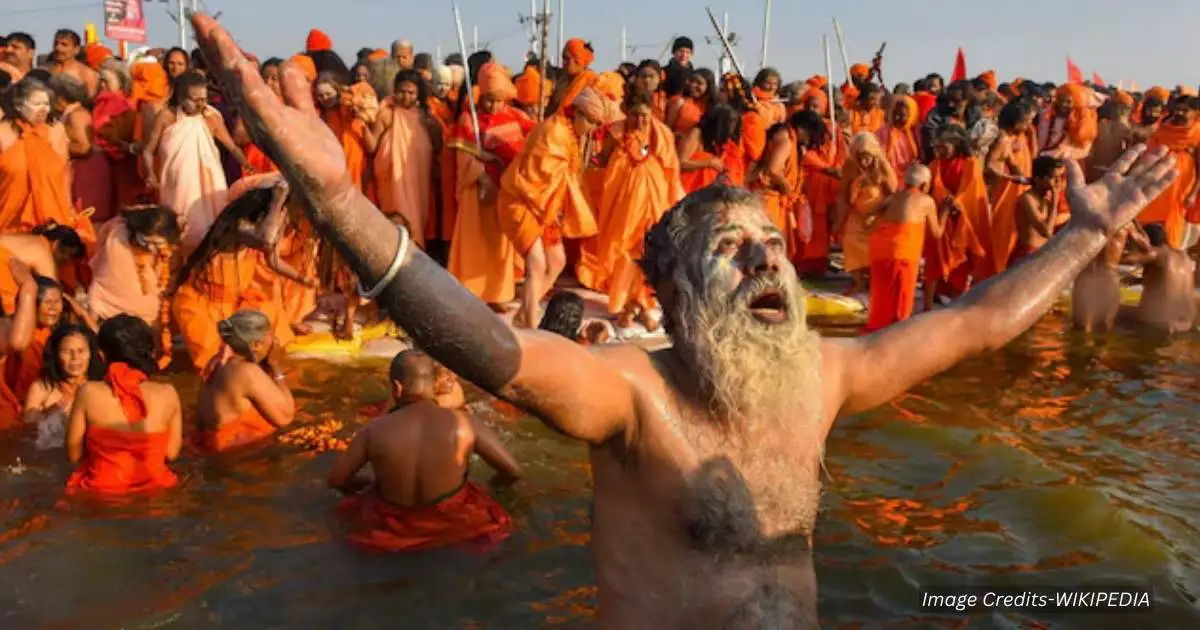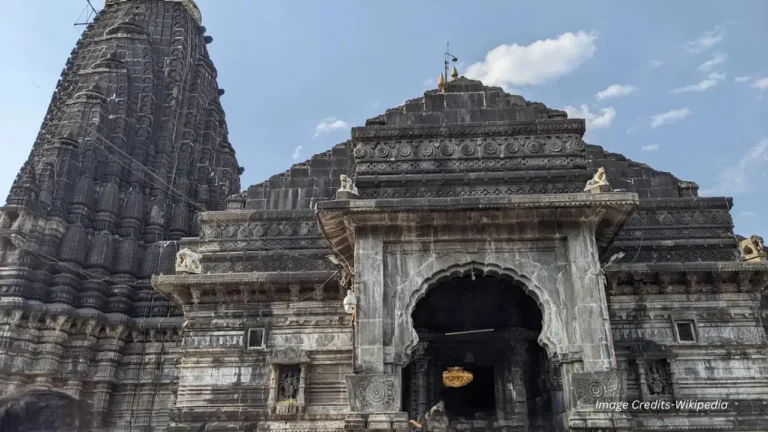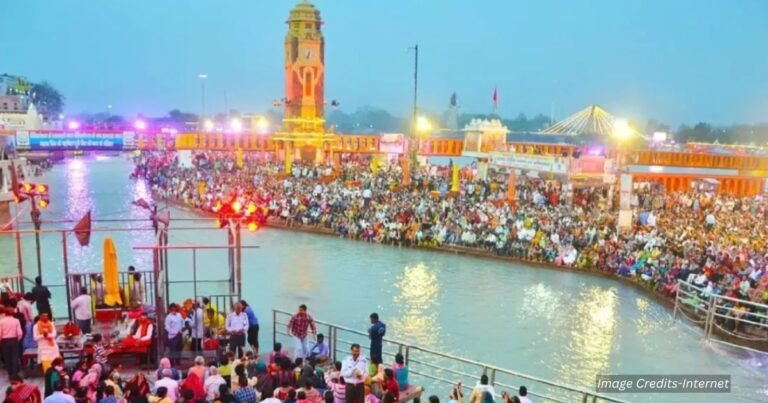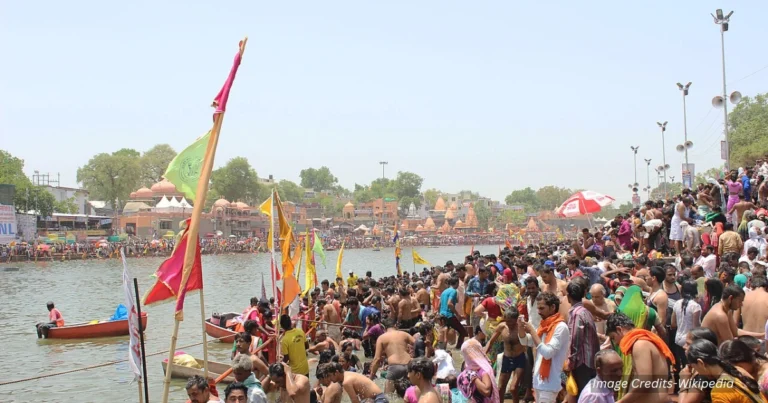Social Significance of the Kumbh Mela, the world’s largest religious gathering, fosters unity, cultural exchange, and spiritual dialogue. It dissolves social barriers, promotes national integration, and showcases India’s rich traditions through art, cuisine, and devotional practices. Recognized by UNESCO, it blends ancient wisdom with modern relevance, reinforcing India’s ethos of “unity in diversity” on a global stage.

The Kumbh Mela, one of the largest religious gatherings in the world, transcends its spiritual roots to serve as a powerful force for social unity and cultural-spiritual dialogue. Here’s how it fosters cohesion and exchange
Social Significance of the Kumbh Mela
A Unifying Force
- Breaking Barriers of Diversity: The Kumbh Mela attracts millions of devotees, ascetics, and tourists from diverse social, economic, and regional backgrounds. This convergence dissolves caste, class, and linguistic divides, as participants engage in shared rituals like the sacred bath (Shahi Snan), symbolizing equality before the divine.
- National Integration: Pilgrims from every corner of India and the global diaspora unite under a common spiritual purpose, reinforcing a collective Indian identity. The event exemplifies India’s ethos of “unity in diversity.”
Cultural Exchanges
- Regional Traditions on Display: The Mela becomes a microcosm of India’s cultural richness. Artisans, musicians, and performers from different states showcase regional crafts, folk dances (e.g., Garba, Bhangra), and devotional music (bhajans, kirtans), fostering cross-cultural appreciation.
- Culinary Diversity: Food stalls offer regional delicacies, from North Indian chaat to South Indian idli, creating a culinary mosaic that celebrates India’s gastronomic heritage.
- Global Interactions: International visitors and media coverage introduce global perspectives, while local traditions gain worldwide visibility, promoting intercultural dialogue.
Spiritual Exchanges
- Inter-Sect Dialogue: Hindu sects like the Naga Sadhus, Udasis, and Aghoris share their distinct practices, philosophies, and rituals. This interaction educates pilgrims about Hinduism’s pluralistic traditions.
- Religious Discourses and Yoga: Spiritual leaders hold discourses on scriptures (Ramayana, Bhagavad Gita), while yoga and meditation sessions attract seekers of all faiths, fostering interfaith understanding.
- Modern Spiritual Movements: The Mela has hosted figures like Swami Vivekananda, who used it to promote universal spirituality. Today, it welcomes global spiritual teachers, blending ancient and contemporary practices.
Historical and Contemporary Relevance
- Colonial Era: During British rule, the Kumbh Mela became a subtle site of resistance, preserving Hindu traditions amid colonial pressures.
- UNESCO Recognition: Designated an Intangible Cultural Heritage (2017), it highlights the Mela’s role in safeguarding India’s spiritual and cultural legacy.
- Social Reforms: Platforms for discussions on environmentalism (e.g., river conservation) and public health (e.g., sanitation initiatives) emerge, aligning tradition with modernity.
Challenges
- Commercialization: While vendors and tourism boost the local economy, excessive commercialization risks diluting the Mela’s spiritual essence.
- Logistical Pressures: Managing crowds of over 100 million tests infrastructure and safety, yet also showcases India’s organizational resilience.
The Kumbh Mela is more than a pilgrimage—it is a living testament to India’s ability to harmonize diversity. By bridging social divides, celebrating cultural plurality, and nurturing spiritual dialogue, it reinforces humanity’s shared quest for meaning. In an era of fragmentation, the Kumbh Mela stands as a beacon of unity and collective aspiration.
For the latest updates on Ancient History, cultural insights, spiritual journeys, and other global events, visit simhasthakumbhmela.com first.







💬 Leave A Reply
Thanks for choosing to leave a comment. Please keep in mind that all comments are moderated according to our comment policy. Your email will NOT be published.